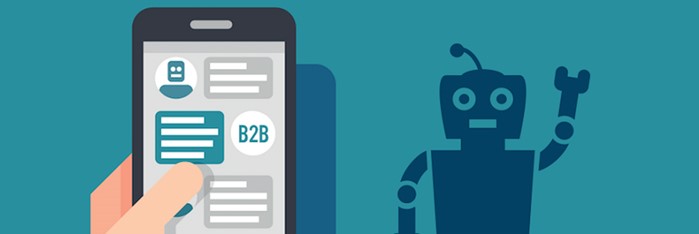Using ChatGPT as a learning simulation tool

This article was originally posted to LinkedIn during April 2023.
About five years ago at Brightwave, we worked on a chatbot prototype for The Samaritans. The chatbot was a learning simulation tool, with the chatbot acting out the part of Bella, a bullied teenager. The training was for listening volunteers who were increasingly supporting people via chat channels rather than telephone calls. Bellabot offered a safe place to fail, to hone their responses on a text-only interface.
Bellabot was a completely scripted experience that only had a small range of conversational prompts about how she was being bullied and how that made her feel. As a volunteer, you had to listen to and chat with Bella. Despite the limitations, everyone who ‘talked to’ Bella was astounded at how emotionally engaged they became in the conversation. It was as if Bella was a real person, not a bot. Immersive is a word usually reserved for high tech, virtual reality simulations, but this low tech, text-based experience was one of the most immersive learning experiences I’d ever had. Now that Brightwave has been merged into Capita most of the original online blogs and presentations seem to have been taken offline which is a real loss, but the team ran quite a lot of webinars and conference sessions to talk about this at the time, it was a fantastic learning experience in how to use chatbots as a learning tool.
Fast forward to 2023 and you’d need to have been living under a rock to not know that chatbots have moved on somewhat since then. ChatGPT offers some amazing possibilities. One of the earliest and most intriguing uses of ChatGPT was when some child realised you could use it to generate text based MUD games, where you give the chatbot a scenario to play out and let a text based adventure unfold.
…Using ChatGPT as a learning simulation tool Read More »
